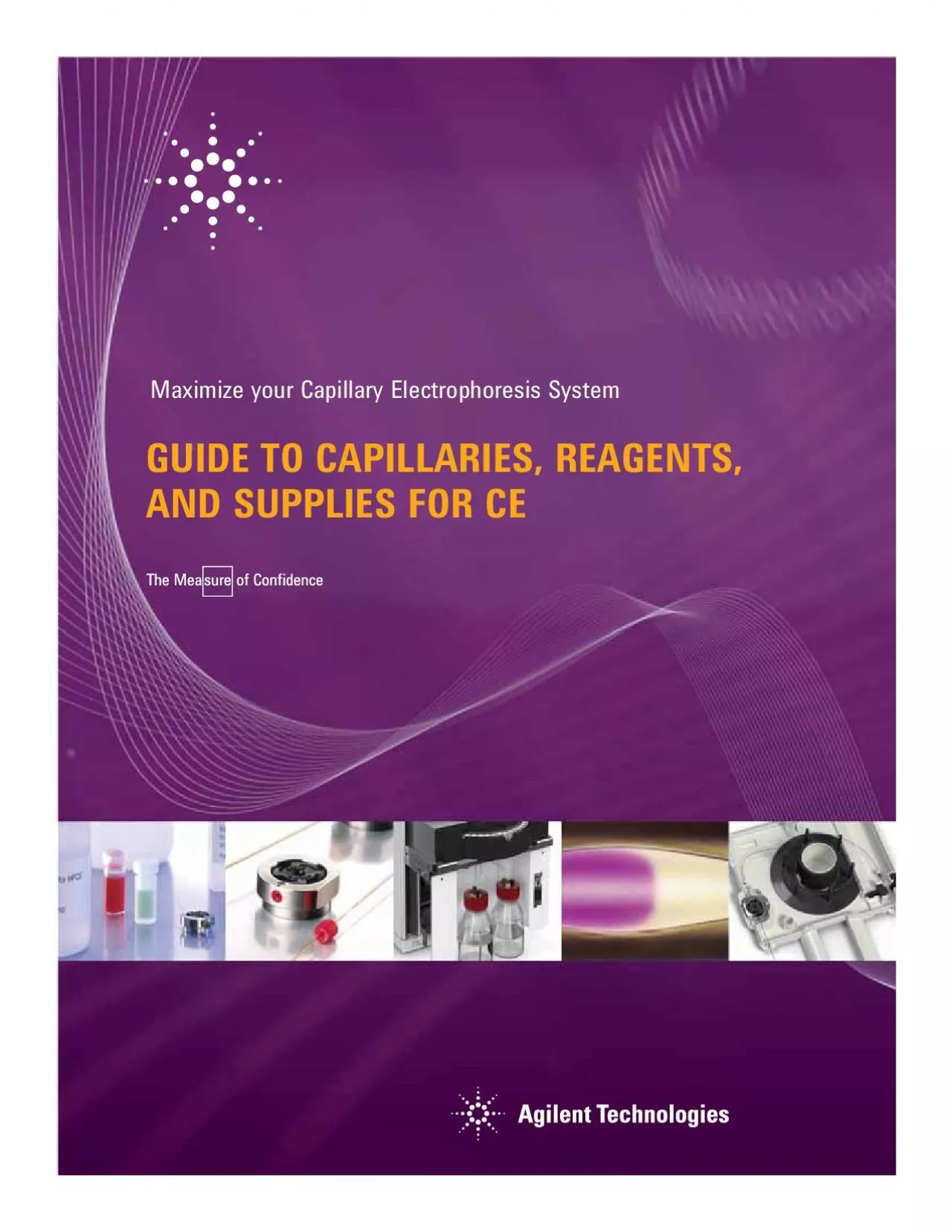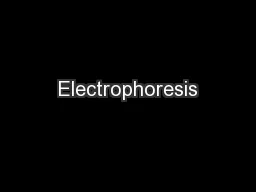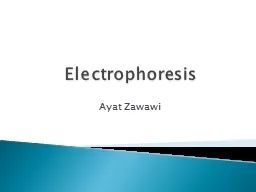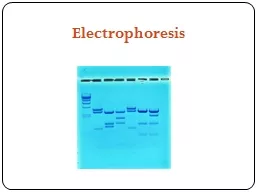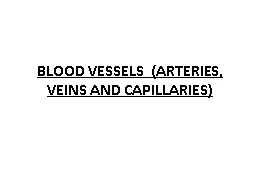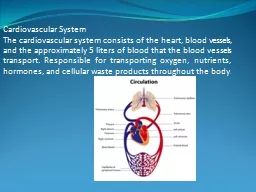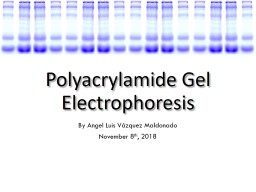PDF-Maximize your Capillary Electrophoresis System GUIDE TO CAPILLARIES R
Author : freya | Published Date : 2022-08-20
2 29 5 6 7 8 9 11 1213 14 1516 171819 2021 2223 2425 2627 3031 Table of ContentsCE Method DevelopmentCE Method OptimizationCE Solutions KitsInorganic Anion Solutions
Presentation Embed Code
Download Presentation
Download Presentation The PPT/PDF document "Maximize your Capillary Electrophoresis ..." is the property of its rightful owner. Permission is granted to download and print the materials on this website for personal, non-commercial use only, and to display it on your personal computer provided you do not modify the materials and that you retain all copyright notices contained in the materials. By downloading content from our website, you accept the terms of this agreement.
Maximize your Capillary Electrophoresis System GUIDE TO CAPILLARIES R: Transcript
Download Rules Of Document
"Maximize your Capillary Electrophoresis System GUIDE TO CAPILLARIES R"The content belongs to its owner. You may download and print it for personal use, without modification, and keep all copyright notices. By downloading, you agree to these terms.
Related Documents

